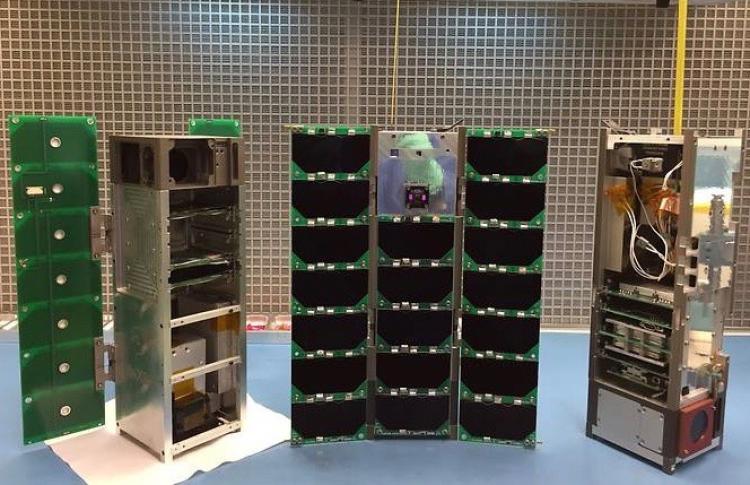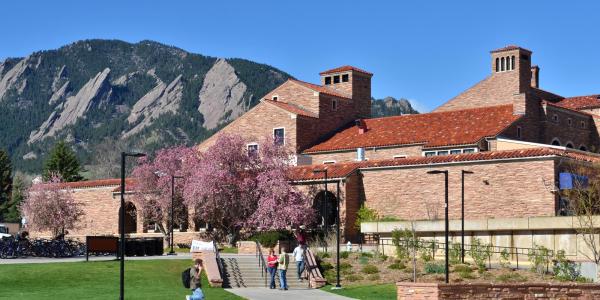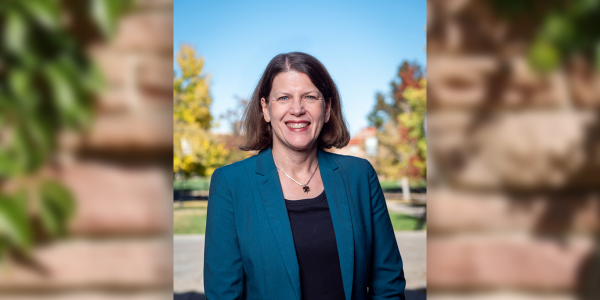
The University of Colorado Boulder's Laboratory for Atmospheric and Space Physics (LASP) has a long history of involving students in every aspect of spacecraft production. The most recent incarnation is the Miniature X-ray Solar Spectrometer (MinXSS) CubeSat, which was sent to the International Space Station with resupply cargo and then deployed from the airlock in May 2016. Students were heavily involved in the design, manufacturing, assembly, extensive testing and delivery of MinXSS to Houston; and they continue to be involved in the mission operations, data pipeline production and science analysis.
CubeSats are comparatively low cost for spacecraft, and, as such, the programs tend to accept more risk, the result of which is a higher rate of failure. The ongoing MinXSS-1 mission has exceeded comprehensive success criteria, has been featured by NASA and was the first NASA-funded science CubeSat to be launched.
The lead student for MinXSS (now LASP research scientist), James Mason, will discuss how the team ensured the success of MinXSS. He will describe some of the early results from the MinXSS-1 mission, which focuses on the energetic processes that occur in the solar corona. Finally, James will reveal the lessons learned from MinXSS-1; fortunately, the team built two satellites, so they can apply those lessons on MinXSS-2, scheduled to launch in the first half of 2017.
The lecture is scheduled for Wednesday, Nov. 2, at 7:30 p.m. at the LASP Space Technology Building, room 299. Doors open at 7 p.m. The event is free and open to the public.



